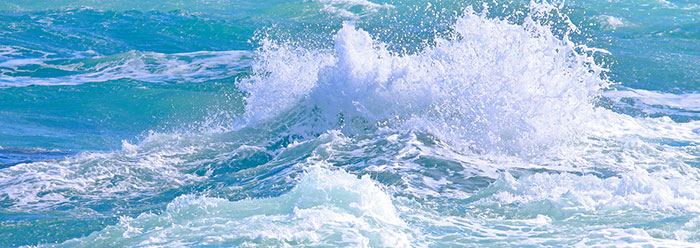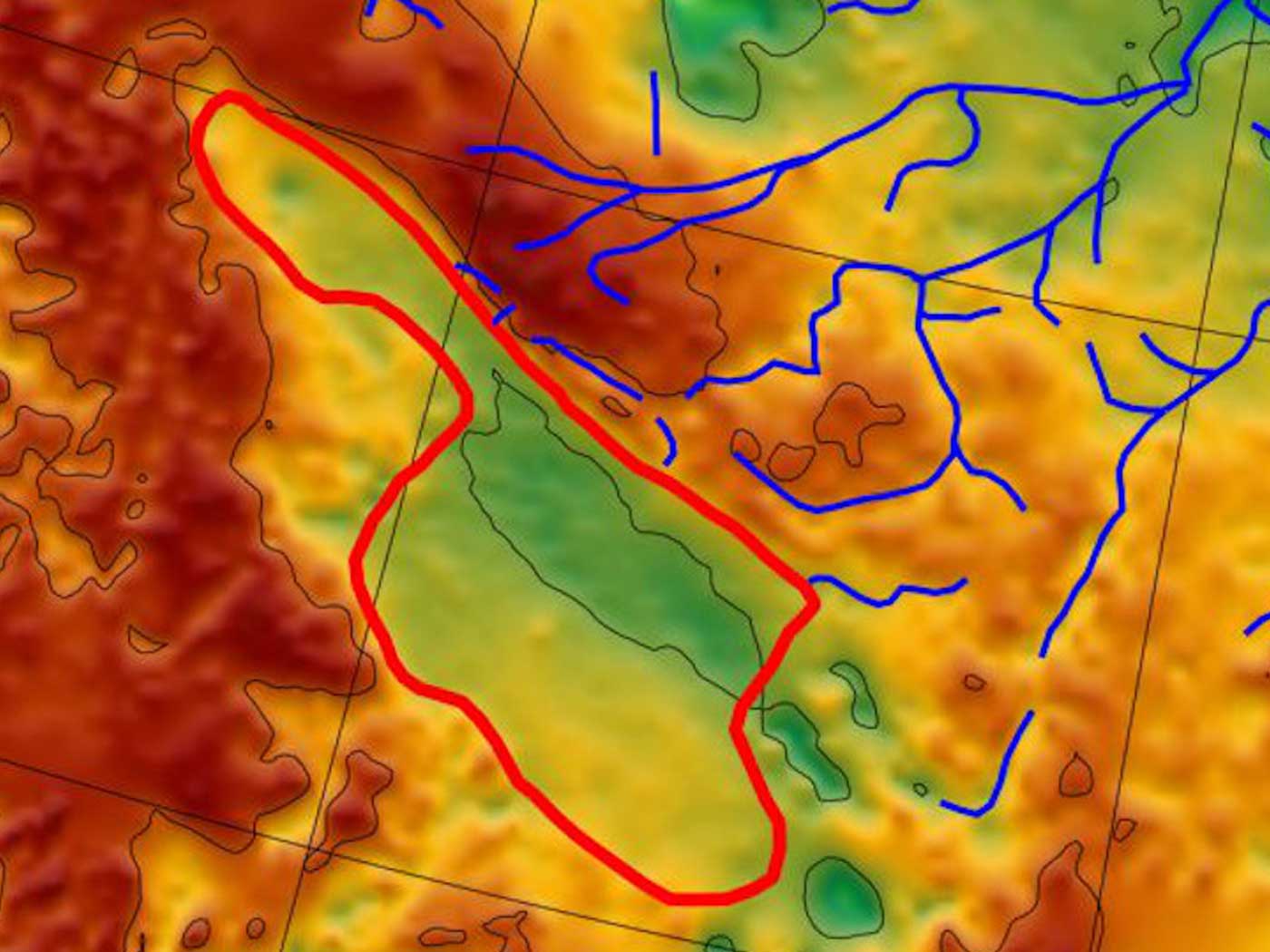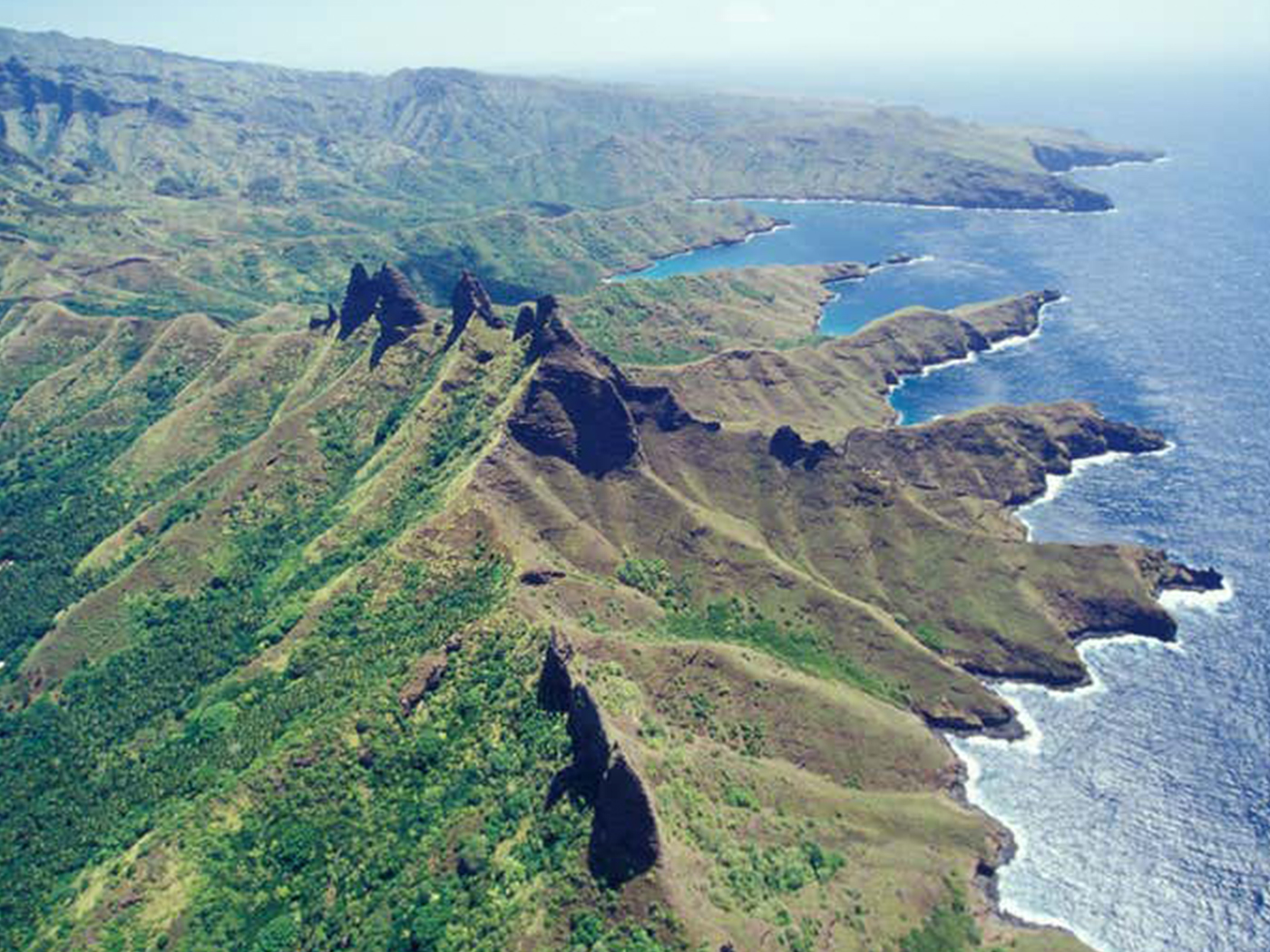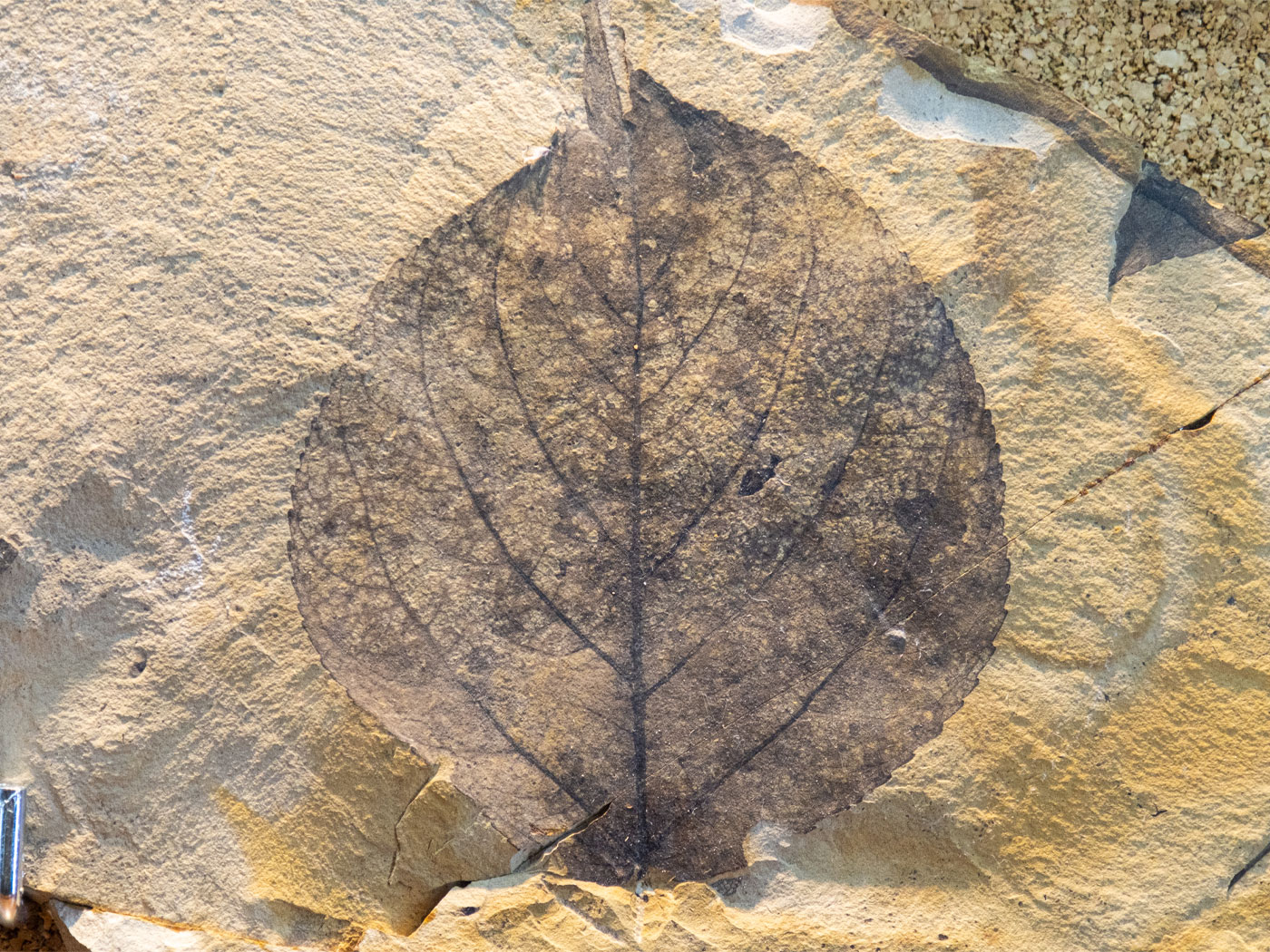Modern machines provide our generation with knowledge entirely unknown in yesteryear. Which of our great grandparents saw footage of water rising through hydrothermal vents on the deep sea floor? New research into water circulating from the ocean, into seafloor crustal rocks, and back into the ocean echoes one of the questions God asked Job thousands of years ago.
In Job 38:16, God asked, "Have you entered the springs of the sea? Or have you walked in search of the depths?" God was illustrating why Job should humble himself even amidst his extreme suffering. Job got the message.1
Of course, Job never walked in search of the seafloor's depths, let alone under the seafloor crust, to explore the springs of the sea. He probably didn't even know about the springs.
Today's scientists haven't literally walked the paths these deep waters take either, but they do explore them with deep-sea submersibles and computer models.
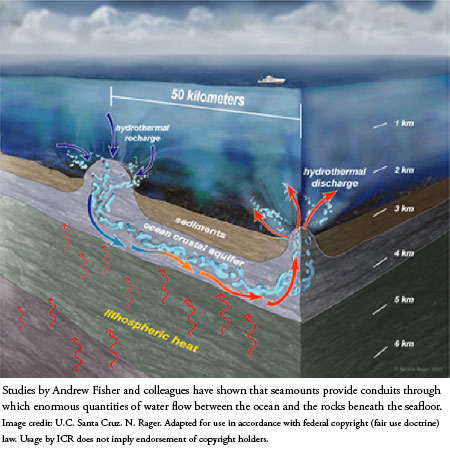 In 2003 Professor of Earth and Planetary Sciences at the University of California Santa Cruz Andrew Fisher discovered that seawater sinks into the seafloor's crust then rises through vents many miles away.2 In the report, he wrote, "Ever since we discovered a place where these processes occur, we have been trying to understand what drives the fluid flow, what it looks like, and what determines the flow direction."3
In 2003 Professor of Earth and Planetary Sciences at the University of California Santa Cruz Andrew Fisher discovered that seawater sinks into the seafloor's crust then rises through vents many miles away.2 In the report, he wrote, "Ever since we discovered a place where these processes occur, we have been trying to understand what drives the fluid flow, what it looks like, and what determines the flow direction."3
To find out what powers these water pumps, researchers created a 3-D virtual version of seafloor crust. They imbued their model with parameters that mimicked the physics of the Juan de Fuca Ridge in the Pacific Ocean. Their results, published in the journal Nature Communications, show how factors beneath the earth help determine where the water enters the crust and where the heated water springs back into the sea—such as the amount of rocky crustal material above the less permeable sediments, the permeability of the rocks at any given location, and the amount of heat from deep beneath the earth.4
When today's scientists study the processes that power hydrothermal vents and learn about Job's "springs of the sea," they inadvertently confirm the accuracy and wisdom that flows throughout this most ancient book.
References
- He replied to the Lord, "Behold, I am vile; What shall I answer You? I lay my hand over my mouth." Job 40:4.
- Fisher, A. T. et al. 2003. Hydrothermal recharge and discharge across 50 km guided by seamounts on a young ridge flank. Nature. 421 (6923): 618-621.
- Stephens, T. A 'hydrothermal siphon' drives water circulation through the seafloor. University of California Santa Cruz News. Posted on news.ucsc.edu June 26, 2015, accessed June 29, 2015.
- Winslow, D. M., and A. T. Fisher. Sustainability and dynamics of outcrop-to-outcrop hydrothermal circulation. Nature Communications. 6:7567. Posted on nature.com June 26, 2015, accessed June 29, 2015.
*Mr. Thomas is Science Writer at the Institute for Creation Research.
Article posted on July 23, 2015.




